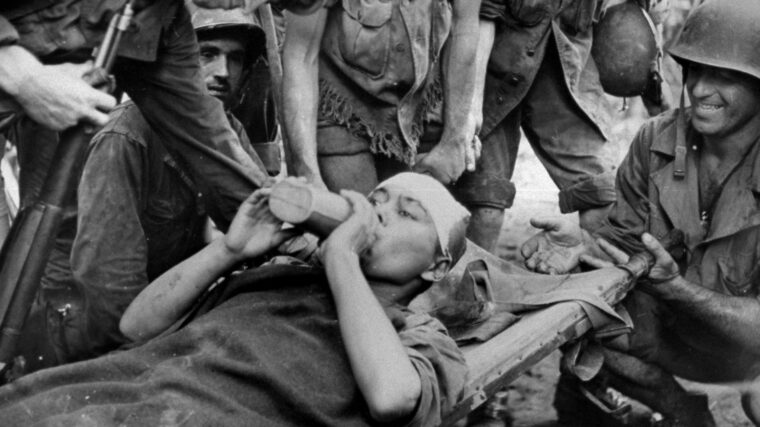
China
Korea Under the Rising Sun
By Allyn VannoyThe first recorded encounter between American forces and Koreans in the Central Pacific during World War II came at Tarawa Atoll in November 1943. Read more

China
The first recorded encounter between American forces and Koreans in the Central Pacific during World War II came at Tarawa Atoll in November 1943. Read more
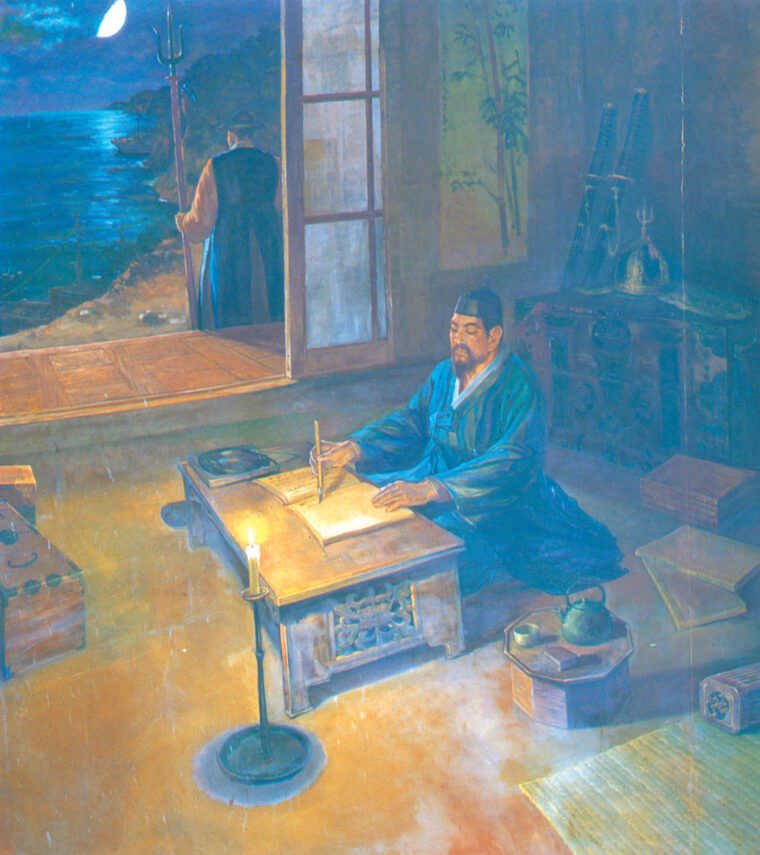
China
It was May 1, 1592, mere weeks before the start of the Imjin War. Admiral Yi Sun Shin summoned a conference of high-ranking military officers and civil magistrates to his headquarters at Yosu, a port on the southern coast of Korea. Read more
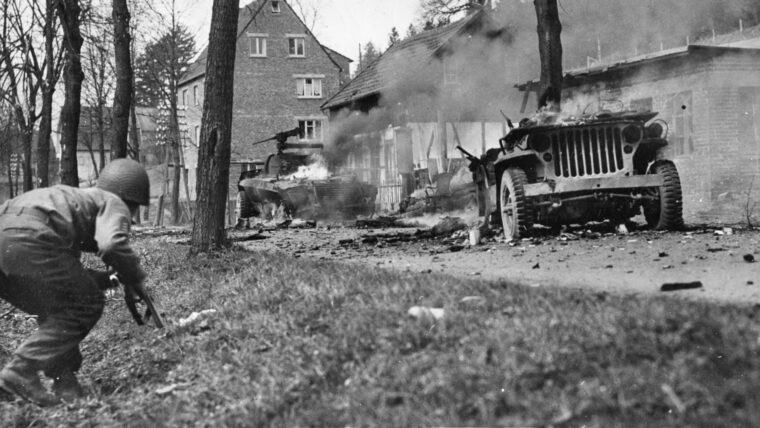
China
The Messerschmitt Bf-109 fighter plane dove out of the sky with machine guns firing. The pilot’s target—a pontoon bridge being stretched across Germany’s Werra River by American engineers. Read more
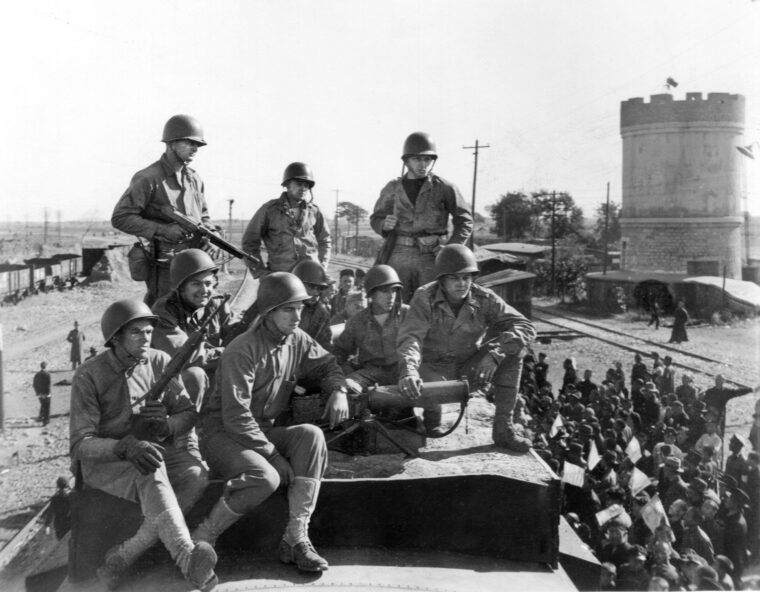
China
On September 2, 1945, Japanese representatives boarded the battleship USS Missouri, riding at anchor in Tokyo Bay, to sign an instrument of unconditional surrender. Read more
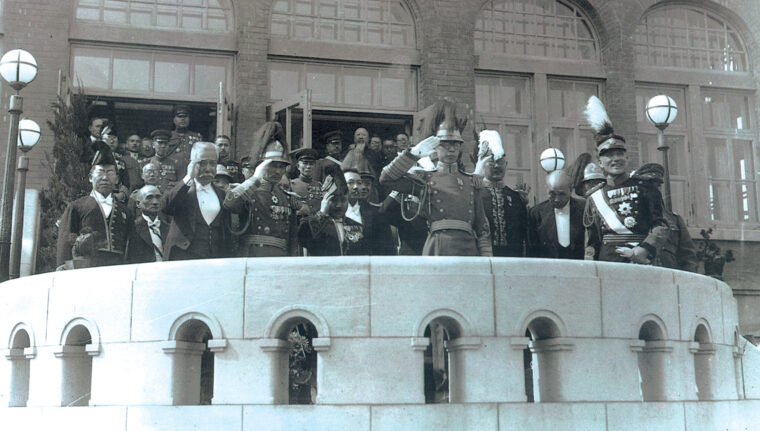
China
At 11:30 pm on December 22, 1948, four handcuffed men were led by guards into the chapel of Tokyo’s Sugamo Prison. Read more
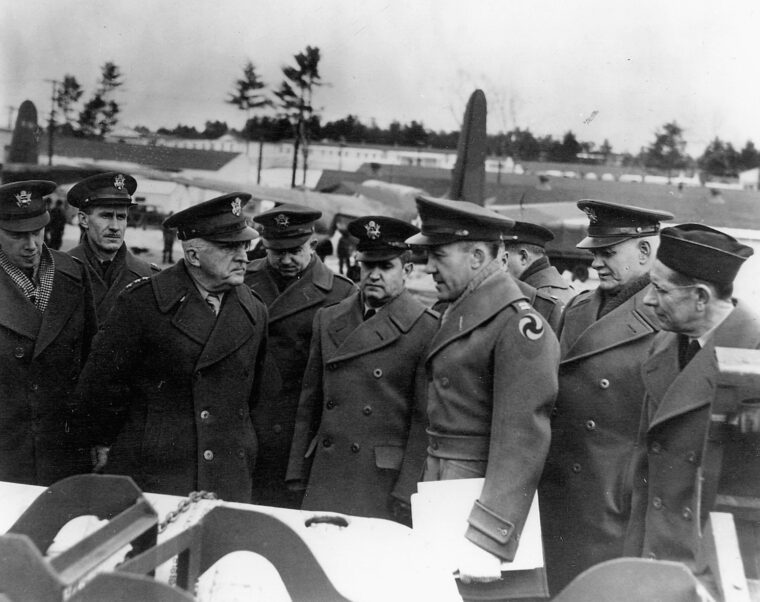
China
It was the worst of times for the Allies. It was the time of opportunity for senior U.S. Read more
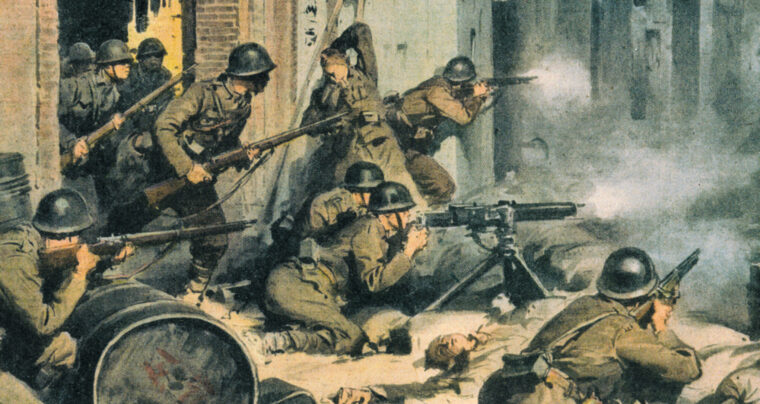
China
On November 11, 1941, the U.S. Navy gunboats USS Luzon and Oahu were ordered to “make quietly all preparations within the ship for a cruise at sea.” Read more
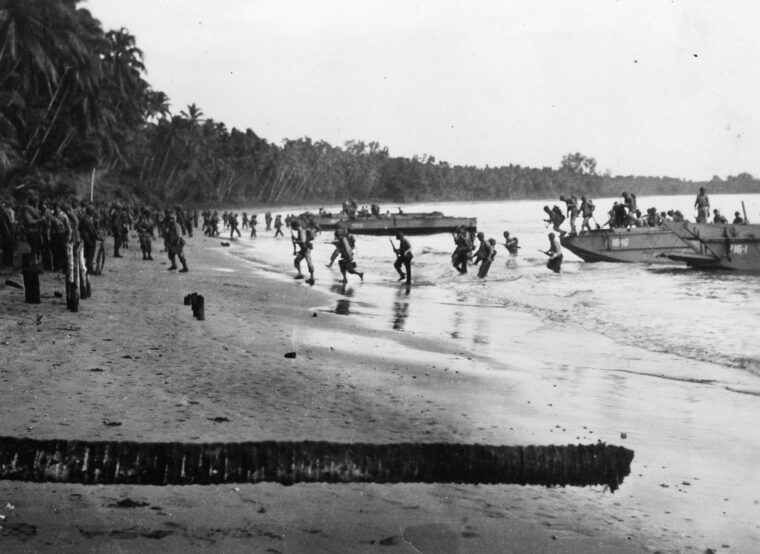
China
In the long and distinguished history of the U.S. Marine Corps, thousands of marines have been awarded medals for meritorious service on the battlefield. Read more

China
Most writings about World War II tend to attribute the success or failure of military operations to the skill with which generals and admirals handled their forces in battle and to the fighting abilities of soldiers, sailors, and airmen. Read more
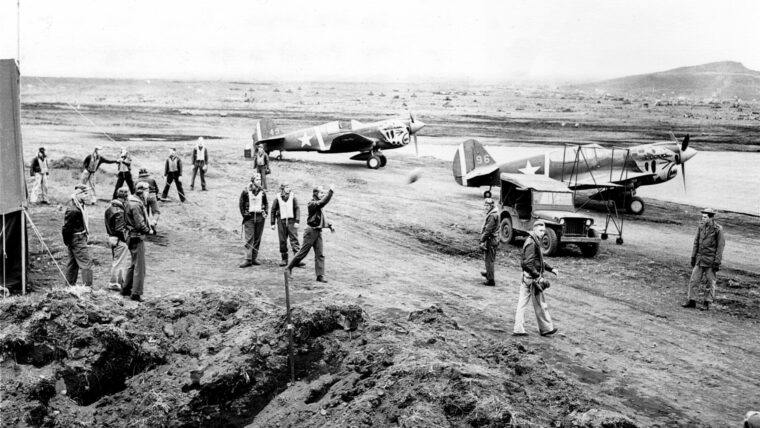
China
Charles D. Mott was a U.S. Navy dive-bomber pilot when he joined the American Volunteer Group (AVG), the small band of Americans who flew under the leadership of General Claire Lee Chennault and became known to history as the Flying Tigers. Read more
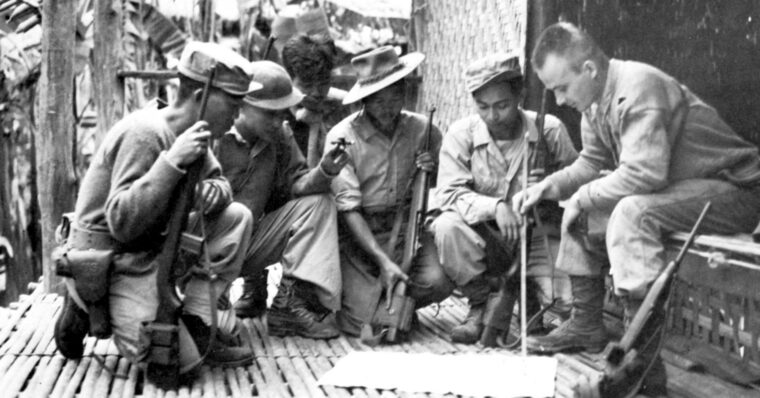
China
Private First Class Frank Rinaldi cautiously made his way through the dense foliage. He and other soldiers were on patrol when they heard the unmistakable sound of Japanese voices, and they inched their way forward to investigate. Read more
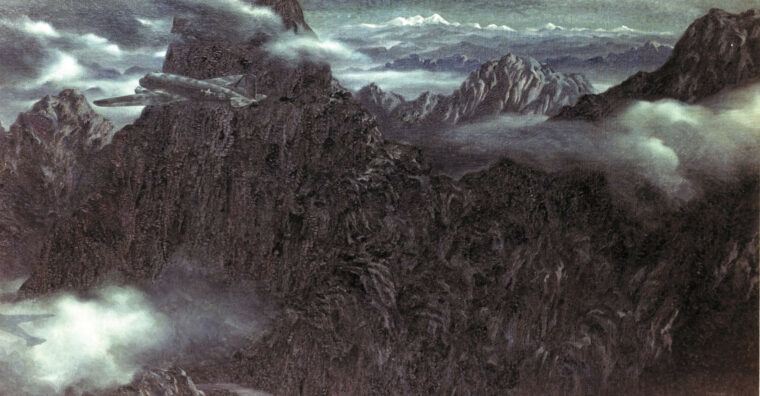
China
In truth, it really was not a combat operation. For every airplane lost to enemy action, a hundred were destroyed in accidents. Read more
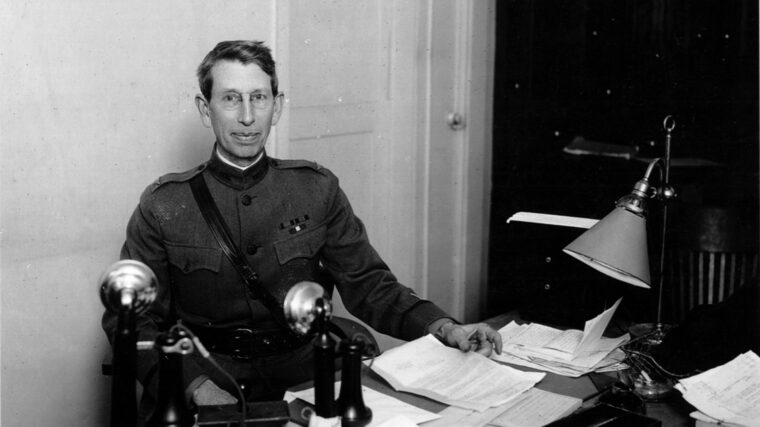
China
In the long history of American military intelligence, the names that come to mind most often are those of Nathan Hale, Benedict Arnold, Herbert Yardley, and William Donovan. Read more

China
The Office of Strategic Services (OSS) was America’s first strategic intelligence organization. President Franklin D. Roosevelt authorized its establishment on June 13, 1942, six months after World War II began, to collect and analyze strategic intelligence and to conduct special services, including subversion, sabotage, and psychological warfare. Read more

China
It will not come as a surprise to American readers that when the Japanese emperor delivered his surrender message on August 15, 1945, Allied forces led by the United States had thoroughly defeated Japan’s naval and air power in the Pacific. Read more

China
Peering intently through a telescope, General Lemuel C. Shepherd, the commandant of the Marine Corps, scanned the shell-pocked Korean terrain in front of his position. Read more

China
In the 1960s the John Birch Society was well known to most Americans as a right-wing political organization noted for its anti-communism and conspiracy theories. Read more
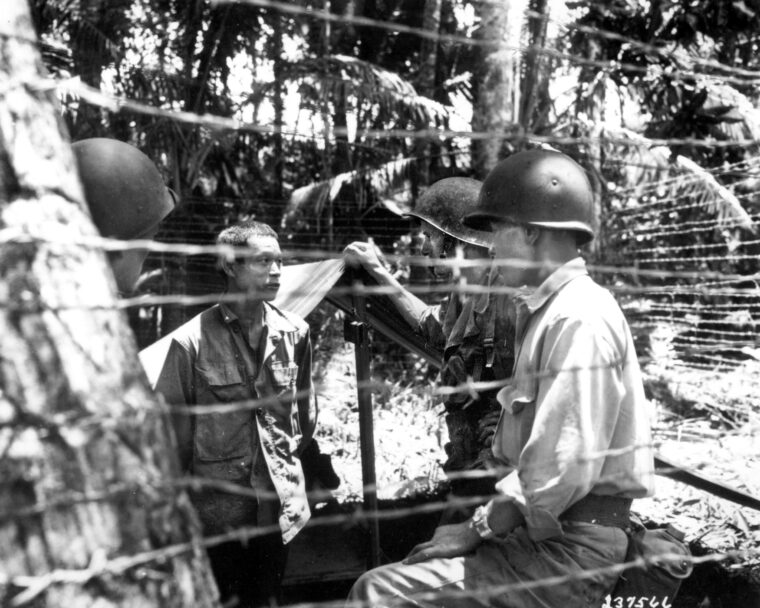
China
American soldiers of Japanese ancestry made remarkable contributions to the Allied victory during World War II. Read more
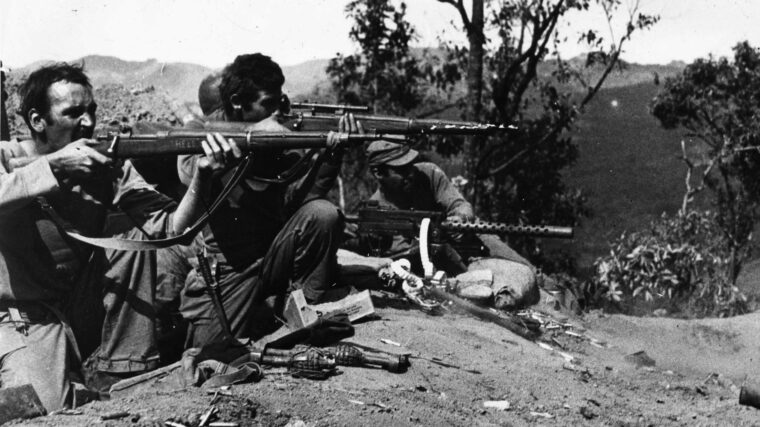
China
A small group of Americans, operating behind the Japanese lines in Burma from 1942 until mid-1945, played a major role in neutralizing a large enemy force. Read more
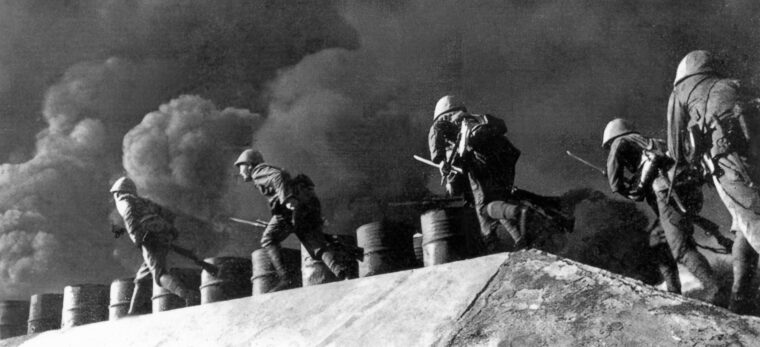
China
By the 1930s the security Hong Kong had enjoyed since its acquisition by the British Empire in 1842 was a memory. Read more